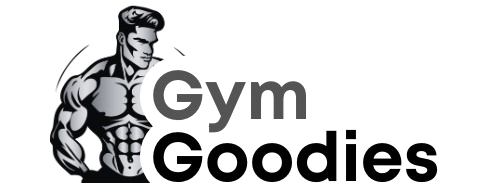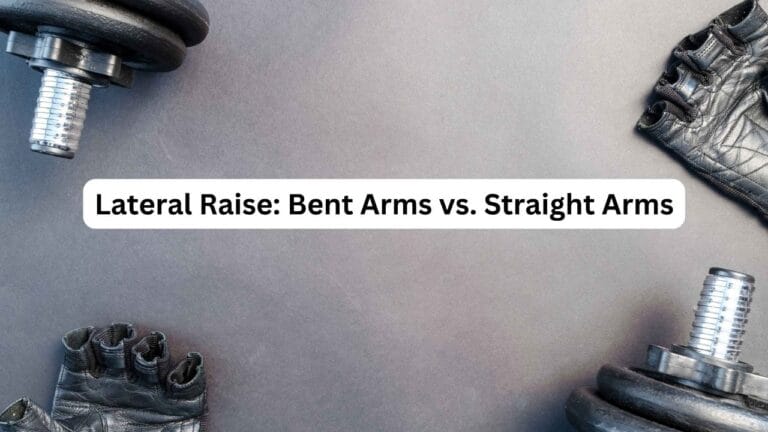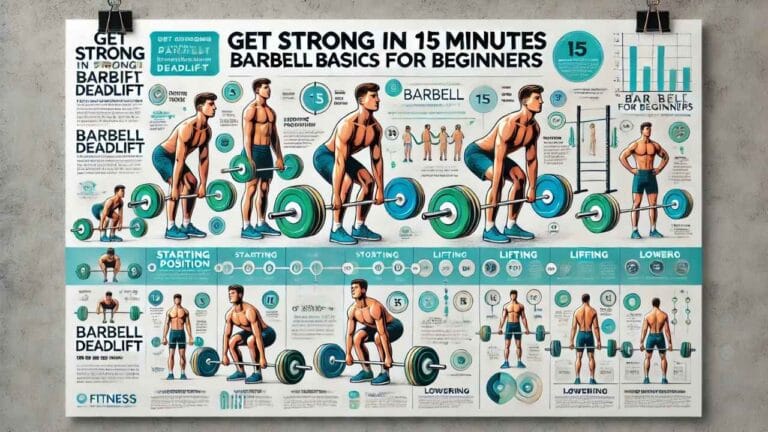The Hidden Mistake in Lateral Raises: Are Your Arms Too Bent or Too Straight?

Ever feel like no matter how many lateral raises you do, your shoulders just won’t grow? Or worse, your elbows ache, your traps take over, and you’re left wondering, “Am I even doing this right?”
You’re not alone. Most lifters (even experienced ones) make a subtle but critical mistake in their arm positioning during lateral raises. The good news? Fixing it takes seconds, once you know what to look for.
The Problem: Why Your Lateral Raises Feel Ineffective
Here’s the truth: Your arm angle dictates whether you’re building shoulders or straining joints.
Most people blame weak deltoids for their struggles, but the real issue is elbow positioning. Too bent, and you turn the move into a biceps exercise. Too straight, and you overload your joints.
The real issue isn’t your effort, it’s leverage.
Here’s what’s happening mechanically: The farther the weight is from your shoulder joint, the greater the torque on the deltoid. When you bend your arms too much, you reduce that lever arm, making the movement easier, yes, but also less effective.
The Goldilocks Zone for Arm Bend
A 2024 study in the Journal of Strength and Conditioning Research found that a 15–30° bend in the elbow optimizes deltoid activation while reducing joint stress.
Client Case Study:
Aria, a longtime gym-goer, complained her lateral raises never “burned” her shoulders. Turns out, she was locking her elbows straight (thinking it targeted delts better). After adjusting to a slight bend, she finally felt her side delts working, without wrist pain.
The Hidden Factor Everyone Overlooks: Scapular Control
Your shoulder blades dictate whether your delts or traps do the work.
A common mistake: Letting the shoulders hike up toward the ears (hello, overactive traps!). Instead, think of pulling your shoulder blades down and slightly apart, like you’re holding a pencil between them.
Actionable Tip: The “T-Shirt Test”
- Stand tall and imagine you’re stretching a tight T-shirt across your upper back.
- Raise your arms to shoulder height while keeping that “fabric” taut.
- If your traps pop up, reset and focus on moving only from the shoulders.
“Straight Arms Are Better for Delts” Debunked
Myth: Locking your elbows straight increases deltoid engagement.
Reality: It shifts tension to the joints and rotator cuff, reducing muscle activation.
Think of your arm like a fishing rod:
- Too stiff (straight elbow) = Pressure on the rod’s base (your shoulder joint).
- Slightly bent (15–30°) = Smooth, even tension along the line (your deltoids).
A 2023 Sports Medicine meta-analysis confirmed that moderate elbow flexion reduces injury risk by 27% compared to straight-arm raises.
Step-by-Step Fix: Stronger Delts in 2 Weeks
Follow this sequence to master lateral raises without joint pain:
Phase 1: Prep (Days 1–3)
- Activate your delts: Do 2 sets of banded lateral raises (light resistance) before lifting.
- Cue: “Lead with the elbows, not the hands.”
Phase 2: Modify (Days 4–7)
- If your traps take over: Lean slightly forward (10°) to bias the side delts.
- If wrists hurt: Use dumbbells with a neutral grip (thumbs up).
Phase 3: Progress (Days 8–14)
- Add a 2-second pause at the top to increase time under tension.
- Try a drop set: Start heavy (8 reps), then immediately go lighter (12 reps).
Key Takeaways
Ideal elbow bend: 15–30° (not locked or overly bent).
Scapular control: Keep shoulders down to avoid trap dominance.
Myth busted: Straight arms increase joint stress, not muscle growth.
Final Thought
The difference between bent and straight arms isn’t just cosmetic, it’s biomechanical.
The best lateral raise is the one that keeps your delts under tension without inviting injury or compensation. That usually means a controlled raise with a slight arm bend and deliberate movement.
I get it, this can feel overly technical. But once you feel your delts truly working, it’s a total game-changer. By the end of this adjustment, you won’t just lift better, you’ll finally see the growth you’ve been chasing.
Lateral raises seem simple, but tiny tweaks make all the difference. Next time you lift, think “soft elbows, proud chest” and let your delts do the work. Your shoulders (and future gains) will thank you.
For more on shoulder mechanics, check out Harvard Health’s guide to safe lifting.
Now, go try it, and feel the difference! 💪
Disclaimer:
It should be remembered that the information available at gymgoodies.net is constantly evolving and is up-to-date and authentic information on fitness, exercises, and health.
I am a veteran bodybuilder, considering I have been active in the industry for quite some time. I ensure that the content shared reflects the lessons I have learned in my years of training and working or all the exposure I have had.
That said, it must be understood that the information available on this portal is obtained through communication channels and is primarily for education and information. Some factors and changes occur, and the issues discussed in this website address such things.
Every piece of advice regarding fitness or health should be taken with caution.
You might need the assistance of fitness professionals, nutritionists, or doctors regarding your workout routine, diet, or fitness activity. Their advice should be personalized PPC, the guide you integrate into your routine, taking into account your specifications and requirements regarding your health and fitness.
This is key, considering our concern is your health and safety. Make sure you only use the data on the site to empower expert advice and nothing more.



